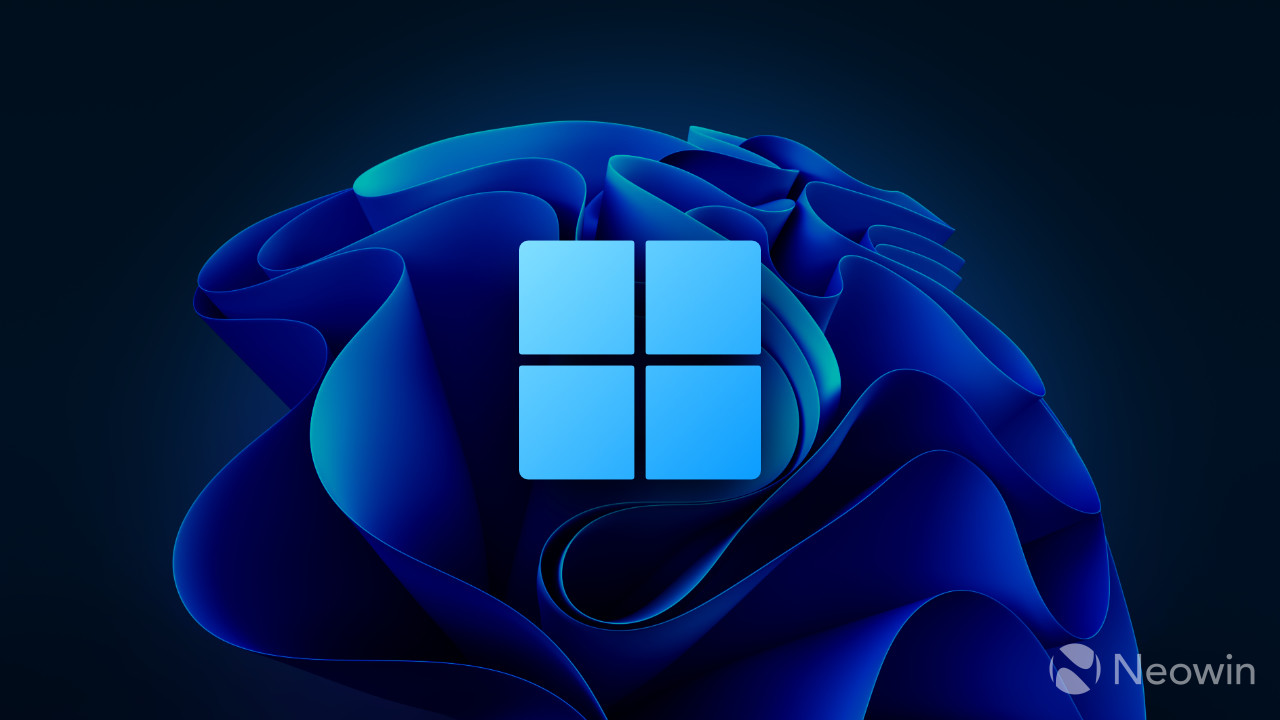
Following the August 2023 optional updates (non-security) release, Microsoft announced a new policy to give businesses and organizations more control over cumulative updates and gradual feature rollouts for Windows 11.
Microsoft typically ships non-security updates for Windows 10 and 11 every fourth week of the month. These releases contain fixes, new features, improvements, and other changes unrelated to the operating system's security. Opting for non-security updates can get you a much-needed fix or another important change, such as a time zone adjustment.
Optional updates also include gradual feature rollouts, a method Microsoft uses to bring "the best experiences year-round through proven and controllable mechanisms." With the newest policy, IT admins can ensure their organizations get new features correctly with the right level of control.
The new "Enable optional updates" policy allows organizations to pick one of three options for managing optional updates and gradual feature rollouts:
- Automatically receive optional updates (including CFRs). Select this option for devices to get the latest optional non-security updates, including gradual feature rollouts. There is no change to feature update offering.
- Automatically receive optional updates. Select this option for devices to only get the latest optional non-security updates. They won’t automatically receive gradual feature rollouts. There is no change to feature update offering.
- Users can select what optional updates to receive. Select this option to allow users to set their own preferences with respect to optional non-security updates. There is no change to feature update offering.

Microsoft says the change will not affect customers until administrators configure or turn the policy off. Allowing users to download gradual feature rollouts and optional updates will present them with two options: manually download a certain release from the "Optional updates" section in the Settings app or let Windows 11 download the latest updates as soon as they are available.
Of course, some will prefer to keep everything as is and wait for the changes and improvements to arrive as usual. According to Microsoft, whatever option admins and users choose, they will remain in control and continue getting security updates the way they have them configured. You can read more about the change in a post on the official Tech Community forum.








_plus_bug_small.jpg)








